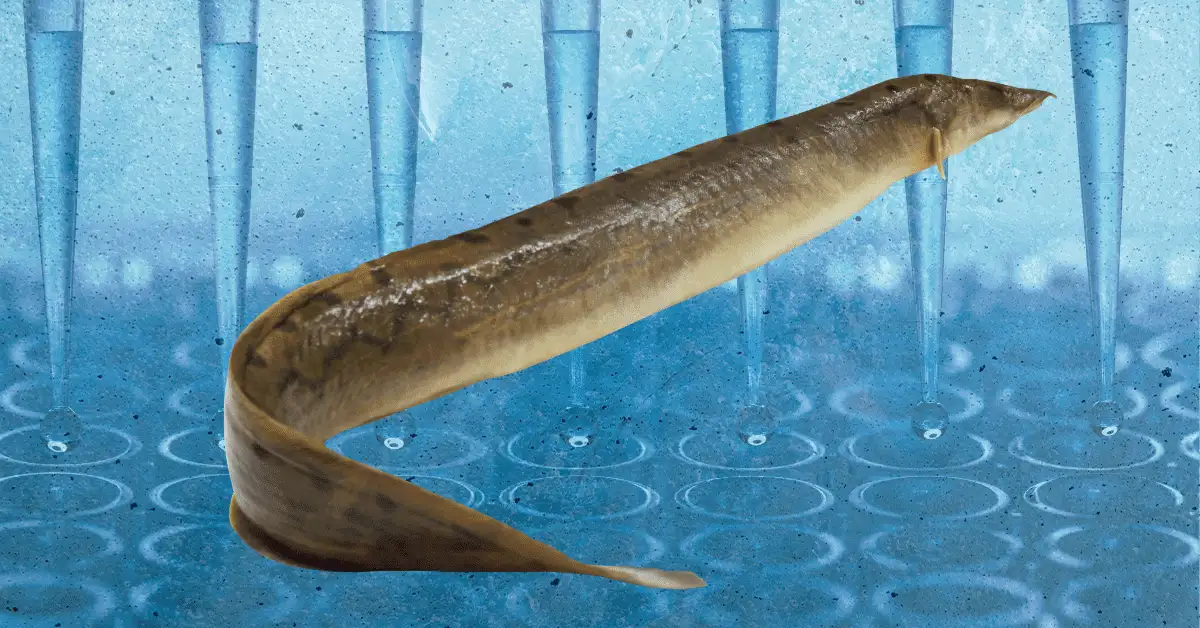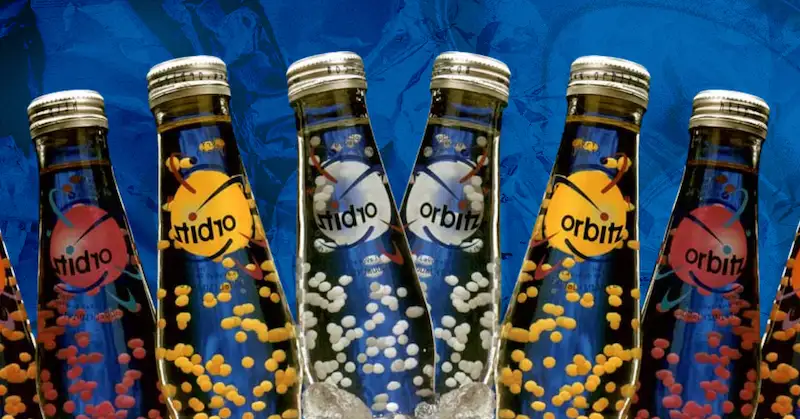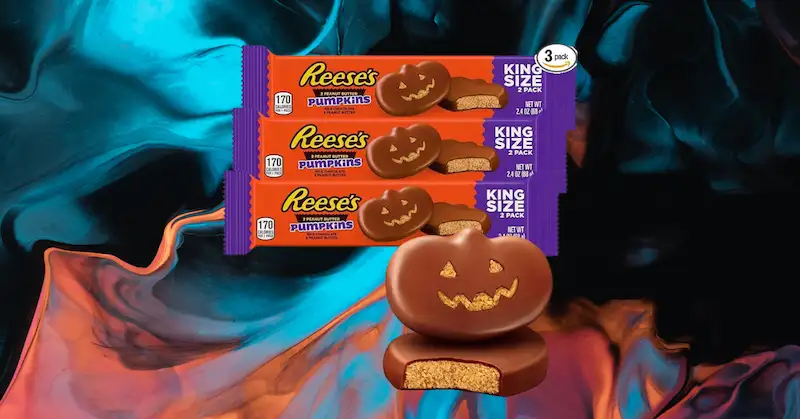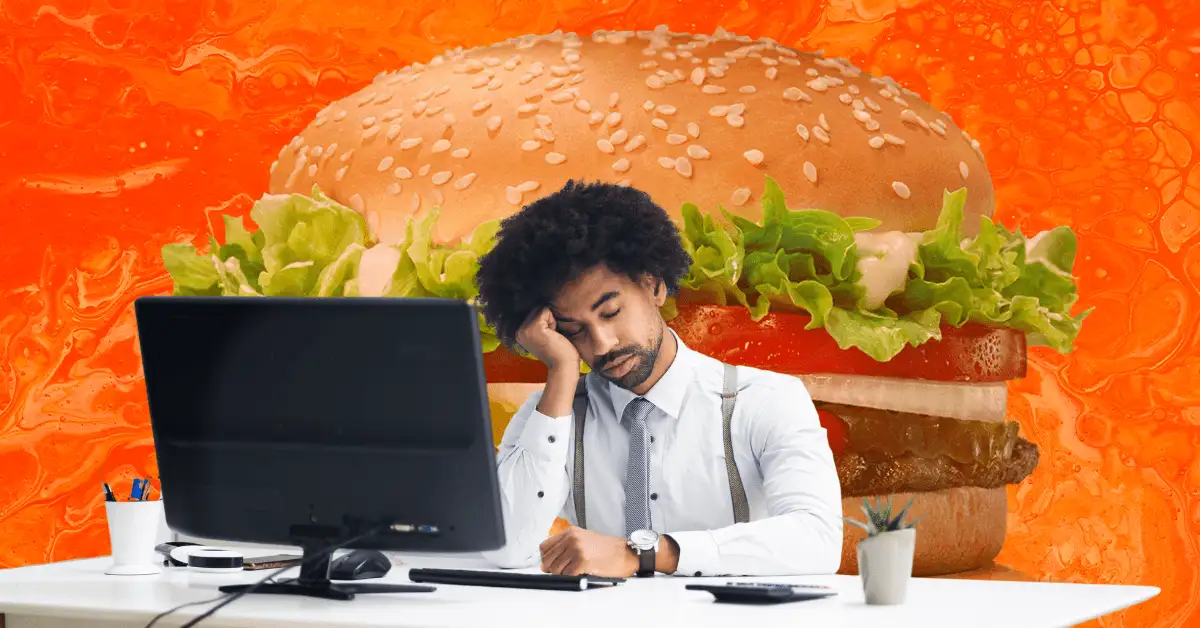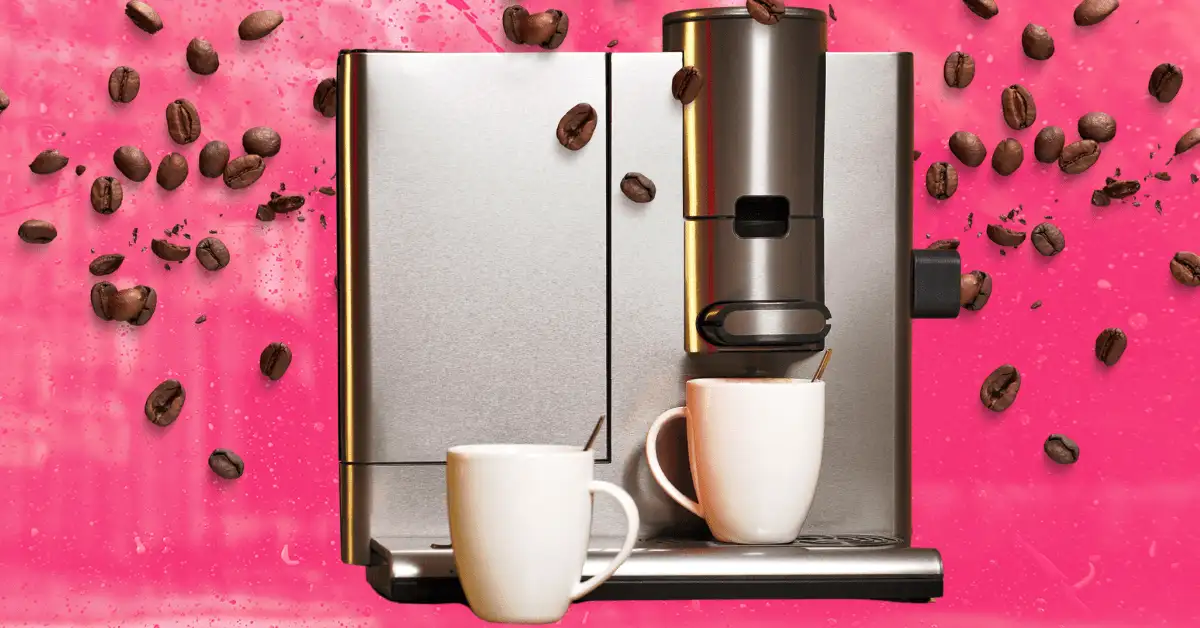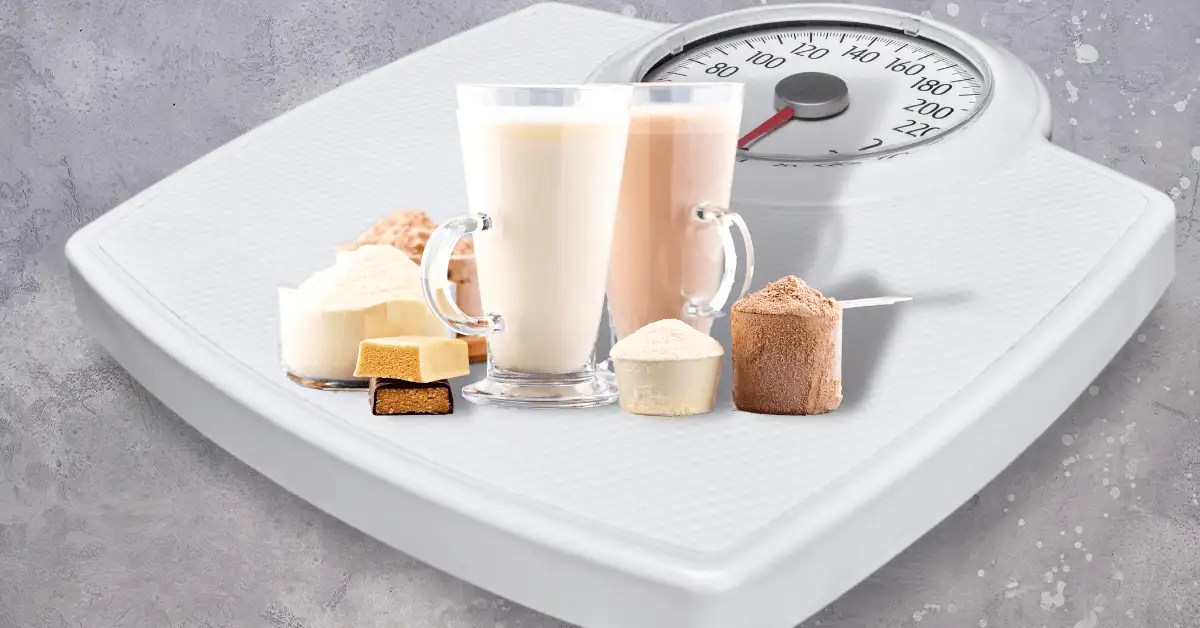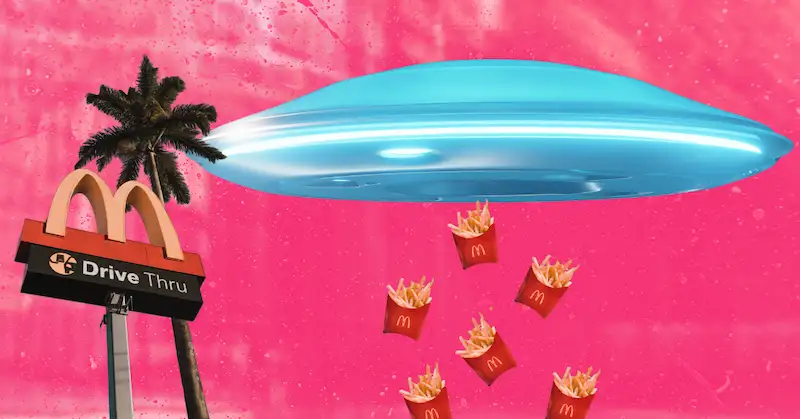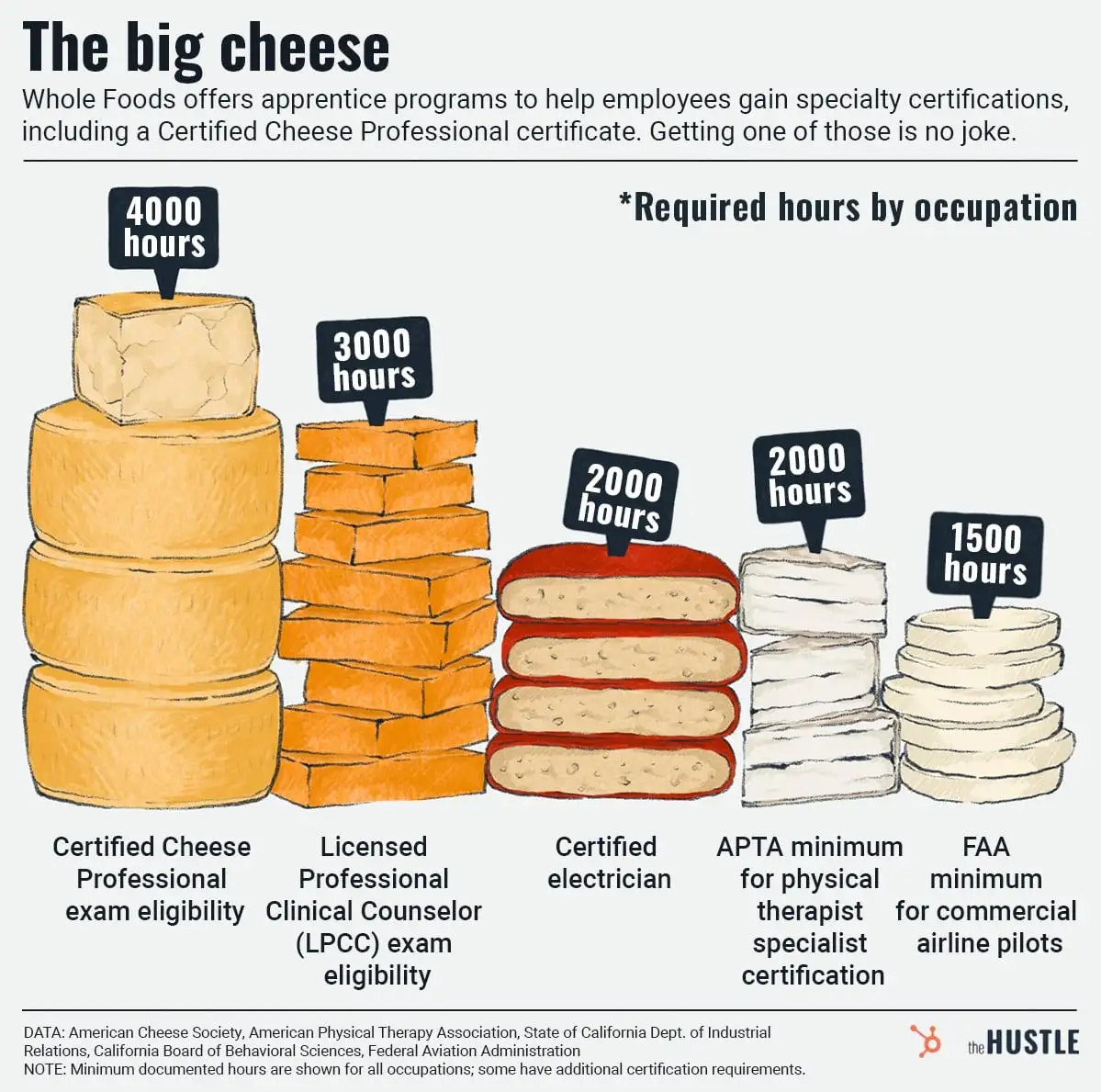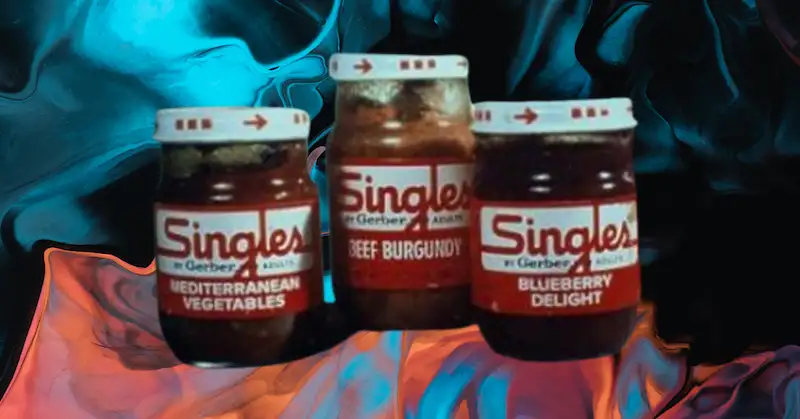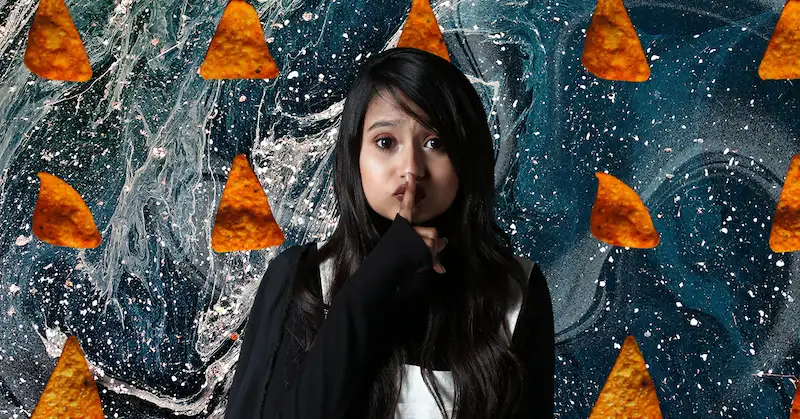Brunch will taste a little different in the Pacific Northwest this year: In December, Seattle became the first mainland city to receive a shipment of Hawaiian ‘Sharwil’ variety avocados since 1992.

Now that the USDA’s controversial crackdown on Hawaiian avocados has finally ended, the Aloha State can barely keep up with America’s appetite for avocados.
California finally Hass some competition
Since avocados only grow in Mediterranean climates, the world’s largest producers are mostly tropical countries: Mexico commands 45% of the global market, followed by the Dominican Republic, Peru, and Colombia.
But America is the world’s 8th-largest avo grower thanks to the 3 states tropical enough to produce the fatty fruits: California, Florida, and Hawaii.
California grows 88% of avos and Florida delivers 11.6% while Hawaii accounts for less than 1%. Now, avo equilibrium could soon shift.
The bumpy history of Sharwil avocados
After Hawaiian avocados were first shipped to Alaska in 1987, they enjoyed 5 years of guacamole greatness in the continental US.
But in 1992, the pit hit the fan, when an invasive fruit fly was discovered in a Hawaiian shipping facility. Since then, the USDA has prohibited Hawaiian producers from exporting avocados unless treated with pesticides.
Since pesticides would have spoiled Sharwils’ sweet taste, Hawaii stopped shipping them — but growers never gave up on their holy guacamole. In 2013, Hawaiian farmers and politicians finally proved Sharwils were safe, planting the seed for a reversal of USDA policy.
Hawaiian production can’t ripen fast enough
Even though Hawaii’s ‘no fly’ order has finally been eliminated, 2 decades of deflated demand have caused Hawaiian avocado production to dwindle.
Today, Hawaii has only one avocado packing facility, and weekly 3k-pound deliveries to Seattle are already straining the state’s shipping capacity.
But the US avocado market is huge ($392m annually), and Hawaiian growers expect to eventually ramp up production to more than 5k pounds of avos per acre.

